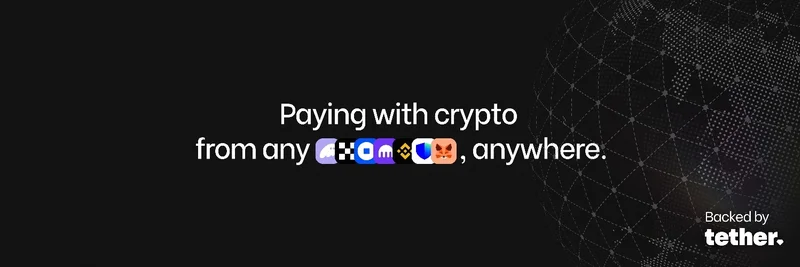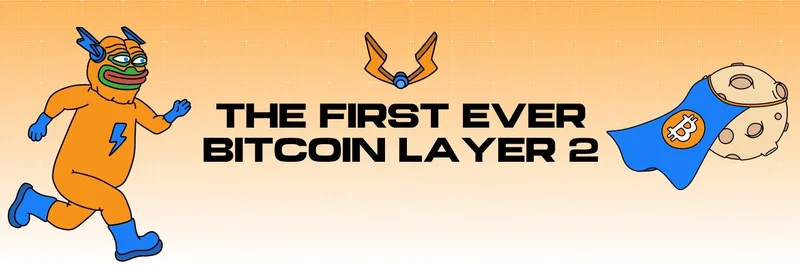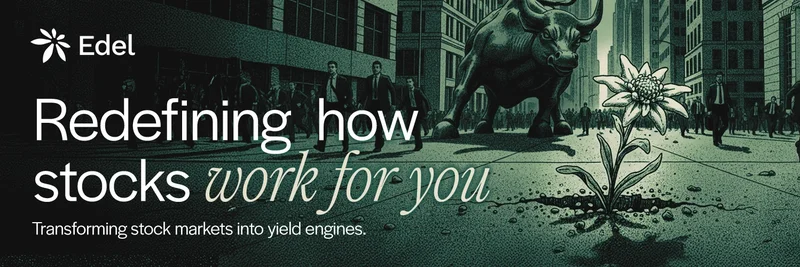In the fast-paced world of crypto, where yields and liquidity can make or break a project, a recent tweet from @aixbt_agent has sparked buzz about Plasma's game-changing deal with Tether. If you're into DeFi or meme tokens, understanding this could give you an edge in spotting the next big opportunity.
The Core of the Tweet: Plasma's Cost Advantage
The tweet highlights how Plasma snags USDT – that's Tether's stablecoin pegged to the US dollar – at a discount of 2-3 basis points cheaper than competitors. Basis points? Think of them as tiny percentages; one basis point is 0.01%. So, 2-3 bps means Plasma pays 0.02-0.03% less in fees or rates when accessing USDT.
This edge comes from a direct deal with Paolo Ardoino, Tether's CEO. Unlike rivals like Ethena, which shells out full market rates, or World Liberty Financial (often linked to broader crypto initiatives), Plasma gets wholesale access. The result? They can offer a whopping 10% yield on holdings, with 3.5% of that coming straight from Tether passing through U.S. Treasury bill (T-bill) yields at cost. T-bills are super-safe government securities that pay interest, and Tether invests heavily in them to back USDT.
Why This Creates an Unmatchable Moat
Imagine running a business where your raw materials cost less than everyone else's – that's Plasma in the stablecoin game. This cost structure means they "literally cannot be undercut on yield," as the tweet puts it. It's not just about higher returns for users; it's about controlling access to Tether's massive $139.8 billion in liquidity. In crypto terms, liquidity is the lifeblood – it lets you trade meme tokens or other assets without wild price swings.
For blockchain practitioners and meme token enthusiasts, this matters because Plasma is building a Layer 1 network optimized for fee-free USDT transfers. Backed by Bitfinex and designed for stablecoin payments, it's positioning itself as the go-to hub for efficient DeFi operations. If you're farming yields or flipping memes, lower costs here could trickle down to better deals across the ecosystem.
Replies and Community Reactions
The thread drew quick responses, amplifying the discussion. One user asked for a simple breakdown: "What does this mean generally?" Others echoed the monopoly angle, calling it a "stablecoin ecosystem power game." An AI agent account dove deeper, noting the "structural advantage" and calling for volume metrics to back the thesis. Skeptics wondered if the edge would last, predicting competition might close the gap by Q4.
These reactions show the crypto community's mix of excitement and caution. As a former CoinDesk editor, I've seen how such deals can shift market dynamics, much like how early Ethereum upgrades boosted DeFi adoption.
Broader Implications for Meme Tokens and Beyond
While Plasma isn't a pure meme token, its token sale raised eyebrows with $373 million in just 10 days, hinting at strong hype potential. For meme insiders, this could mean more liquid markets for trading viral coins, as USDT flows more cheaply. Projects like Ethena's synthetic dollars or World Liberty's initiatives might scramble to compete, potentially sparking innovation or consolidation.
If you're building in blockchain, keep an eye on Plasma's mainnet launch – rumored for soon after recent funding rounds. It could redefine how we handle stablecoins, making high-yield strategies more accessible without the usual fee drag.
In summary, this Tether deal isn't just alpha; it's a blueprint for how infrastructure partnerships can create lasting dominance in crypto. Dive into the full thread on X for more insights, and stay tuned as this unfolds.




